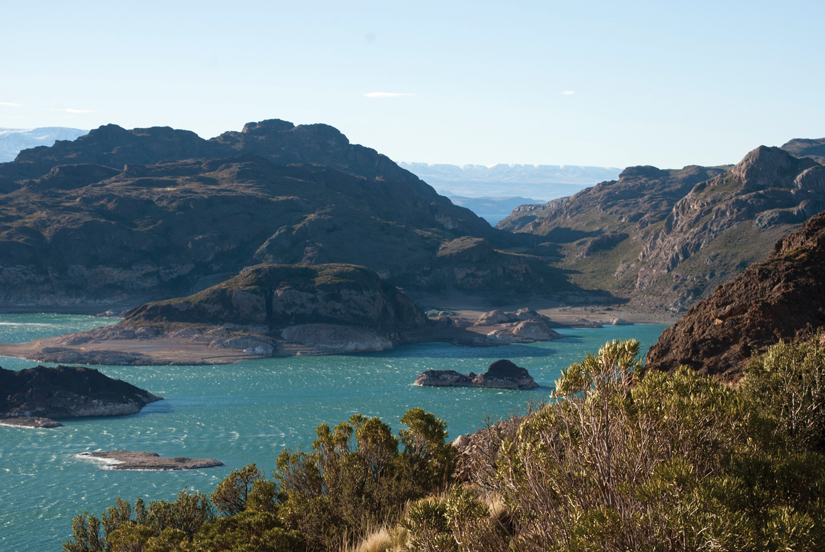During the latter half of the Cenozoic, starting during the Pliocene, the eastern equatorial Pacific (EEP) underwent a change from warm, wet climate conditions—which scientists refer to as “permanent El Niño”—to more moderate conditions like those observed today. Although scientists can track this change using marine proxy records, they are still puzzled as to why the sudden shift occurred.
Feng and Poulsen, however, note that previous research points to the shift coinciding with uplifting in the Peruvian Andes. To test how this uplift could have influenced climate conditions in the EEP, the authors ran experiments using a complicated climate model, quantifying the changes seen in the EEP as a function of Andean elevation.
The authors found that the Andes, which rose from 1 to 3 kilometers during the Pliocene, caused a net cooling effect that can account for about one half of the cooling observed along the coast of Peru in the late Cenozoic. Uplift also enhanced low-cloud formation in the EEP, which accounts for most of the net cooling.
The authors note that although their results show that the Andes were indeed one of the factors contributing to the climate shift in the EEP, more research is needed to pin down other contributing variables. Understanding the relationship between the Andes and the EEP, they add, will further inform research on modern-day climate variability. (Paleoceanography, doi:10.1002/2014PA002640, 2014)
—JoAnna Wendel, Staff Writer
© 2014. American Geophysical Union. All rights reserved.
© 2014. American Geophysical Union. All rights reserved.

